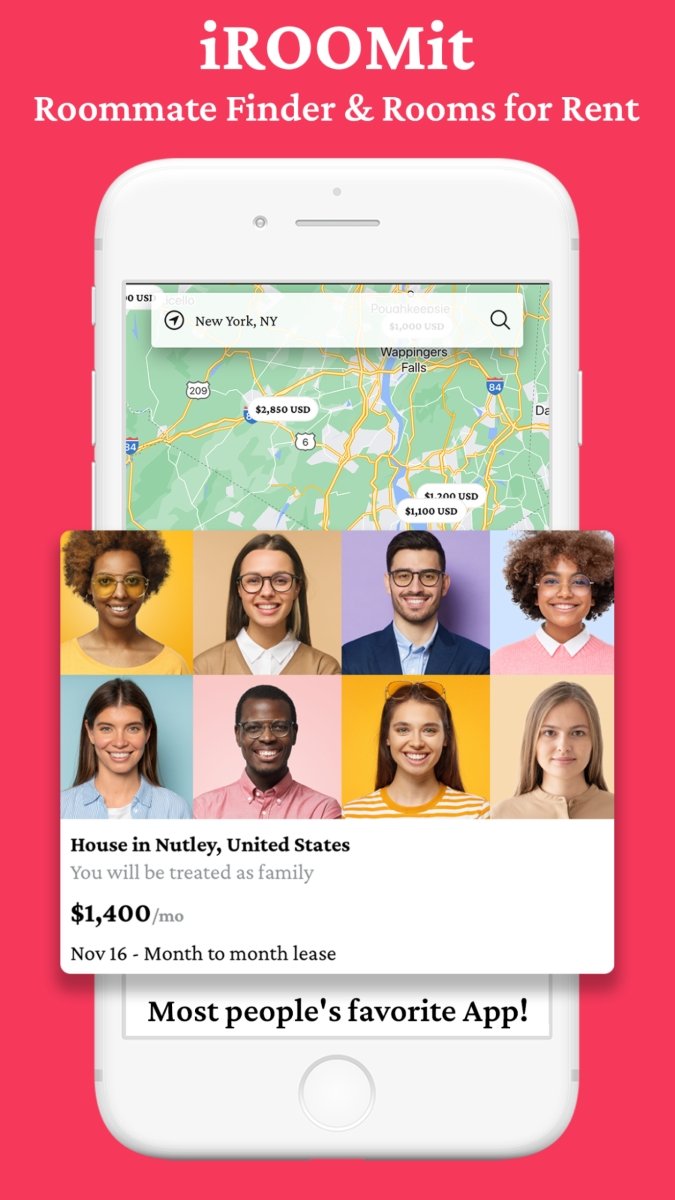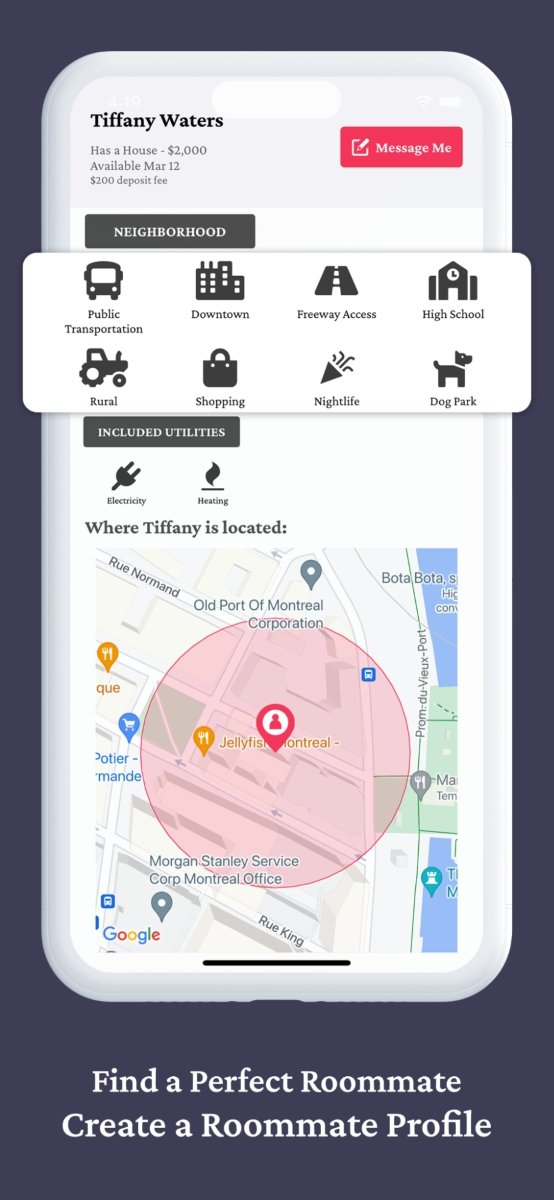By: iROOMit
In the early 2000s, budget travelers latched onto a new idea: crash on a stranger’s couch for free, share a story, and maybe make a friend. Couchsurfing was a cultural moment that made hospitality feel human again. But as housing crises deepen and digital life becomes the norm, the idea of shared space has evolved. No longer just about saving money, roommate living is being redefined, and platforms like iROOMit are helping to lead that shift toward intentional, secure, and purpose-driven connections.
Rather than treating roommates as a temporary compromise, more people today are seeking something deeper: shared values, mutual trust, and even friendship. This is not just about logistics. It’s about how we build a sense of home in uncertain times. iROOMit, launched in 2022, emerged with this very understanding. By offering a platform that prioritizes safety, authenticity, and community, it’s giving users more than a room. It’s giving them a way to belong.
From Transactional to Relational Living
Roommates were once seen as a last resort, a post-college stopgap before “real” adult life. But that narrative is changing. According to Pew Research, nearly half of young adults now live with someone they aren’t related to, and many aren’t just looking to split rent. They want shared routines, meaningful interactions, and emotional safety. Roommate pairing, once purely transactional, is fast becoming relational.
iROOMit leans into this cultural pivot by treating roommate matching more like relationship-building than real estate. It doesn’t just ask users where they want to live. It asks how they want to live, and with whom. From sleep schedules to social habits, even whether someone prefers a silent morning or a shared breakfast chat, the platform invites people to lead with personality, not just price point. The real question isn’t “Can I afford this?” It’s “Will I feel at home here?” And that quiet shift from survival to belonging is what makes iROOMit feel less like a search engine and more like a compass.
Who You Live With Matters
In a post-pandemic world where loneliness is considered a public health issue, who you live with can make all the difference. Mental health data shows that feelings of isolation are rising, especially among urban dwellers and digital nomads. In these contexts, roommates are no longer just space-sharers, they’re often the closest thing someone has to a support system.
iROOMit’s platform accounts for that emotional nuance. By filtering profiles based on values, lifestyle compatibility, and even preferred communication styles, it reduces the guesswork and anxiety that often comes with room searches. In one powerful example, a Venezuelan newcomer to Toronto used the app to not only find a room but to build a connection that helped her integrate into her new city. These aren’t just matches, they’re life-enhancing partnerships.

Photo Courtesy: iROOMit
Safety and Belonging in a Digital Age
Finding a place to live online can feel like walking through a minefield. Fake listings, identity scams, and discriminatory hosts are more common than most people realize. That’s why trust has become the currency of the new roommate economy. Without it, even the slickest app can fail. iROOMit understands this deeply and has embedded safety at the core of its product.
From AI-powered scam detection to human moderation and user verification, iROOMit doesn’t just promise safety, it builds it into every interaction. More than a feature, it’s a philosophy: one that says everyone deserves to feel secure, no matter their background or identity. Its “no to racism, no to discrimination” stance isn’t buried in fine print. It’s visible, loud, and lived through action. In a housing world where trust is scarce, that kind of clarity is rare.
Beyond Big Cities: The Roommate Economy Expands
Co-living used to be confined to expensive urban centers, New York, London, San Francisco. But with remote work on the rise and people scattering to more affordable cities, the need for trustworthy, flexible living options is growing fast. The roommate economy is no longer just an urban solution, it’s becoming a national and even global movement.
Rather than building for one type of renter or one kind of city, iROOMit has designed a platform that flexes with the way people actually live now: fluid, fast-moving, and borderless. Whether it’s a freelance designer needing a one-month stay in Calgary or a grad student relocating to Birmingham for the long haul, the experience remains centered on three things: connection, compatibility, and care. It’s not just about scaling across maps. It’s about scaling trust. For those who are mobile by nature but grounded in values, iROOMit offers a rare mix of flexibility without ever compromising on safety or authenticity.
Toward a More Purposeful Future
The deeper shift underway isn’t just about how people find roommates, it’s about how they view shared living. For many, co-living is no longer a phase; it’s a preference. It’s how they build friendships, save money, reduce loneliness, and live more sustainably. That shift demands tools that are thoughtful, safe, and people-first, and that’s where iROOMit fits in.
The platform is part of a broader evolution toward purposeful living, where digital tools don’t replace human connection but enable it. In the same way, couchsurfing once revolutionized travel through trust, iROOMit is quietly reshaping the housing landscape by reminding us: a roommate isn’t just someone you live with. It’s someone you live alongside.

Photo Courtesy: iROOMit
Find Your People, Not Just a Place
Home isn’t just where you live; it’s who you live with. iROOMit helps you find roommates who feel like a community, with trust and safety.
Published by Jeremy S.



